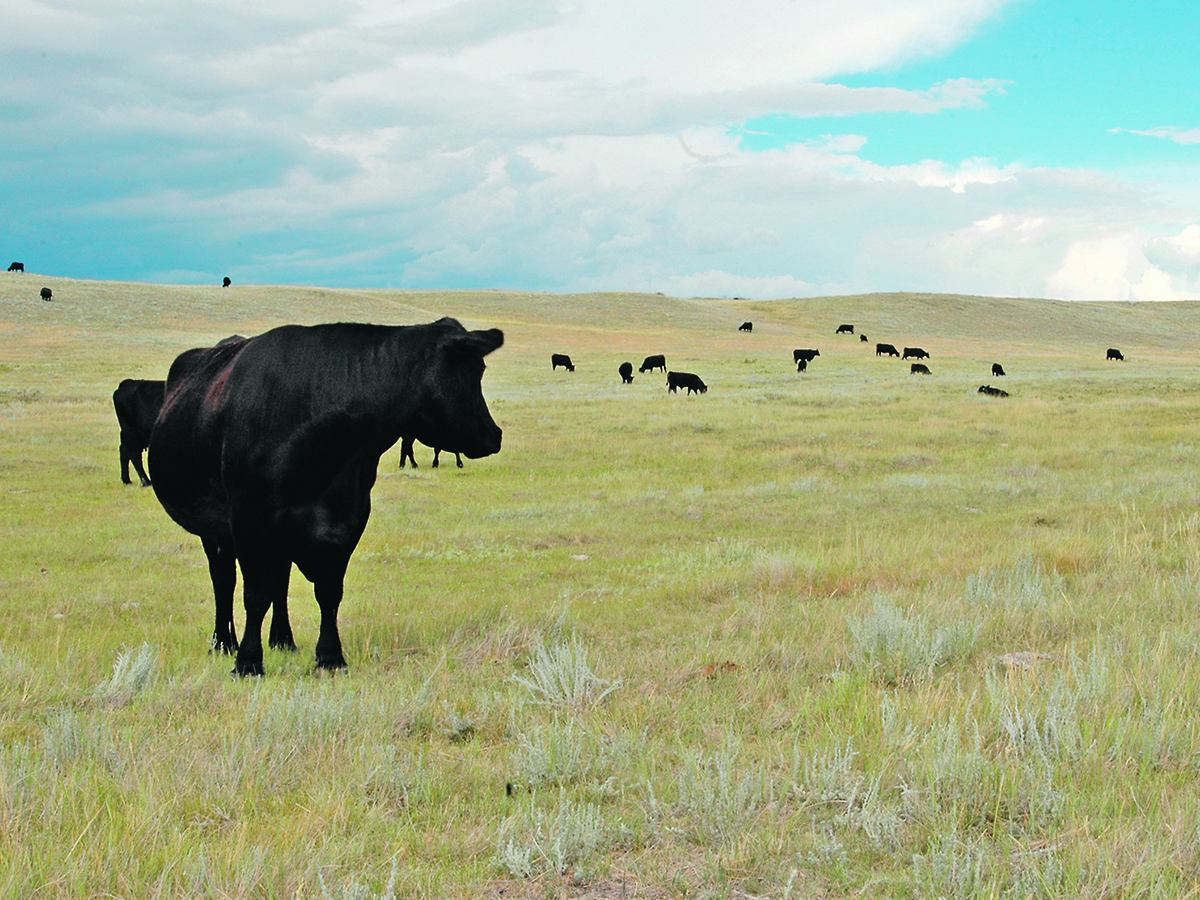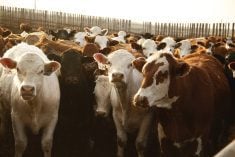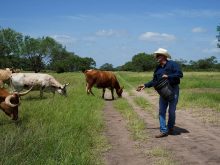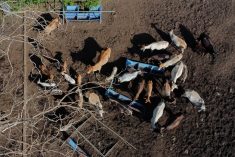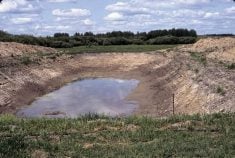The technology gender-types embryos before they hatch, avoiding the standard practice of euthanizing day-old male chicks
Most of us are familiar with salmonella bacteria as a potential cause of gastrointestinal disease in humans.
The severe diarrhea, abdominal pain, fever, headaches and dehydration can cause serious consequences in people, especially in the elderly and young children.
However, there are numerous strains of salmonella bacteria, and some of them are adapted to cattle and tend to reside in the cattle population. These strains can cause significant disease in dairy and beef herds as well as also causing disease in people that are exposed to them.
Read Also
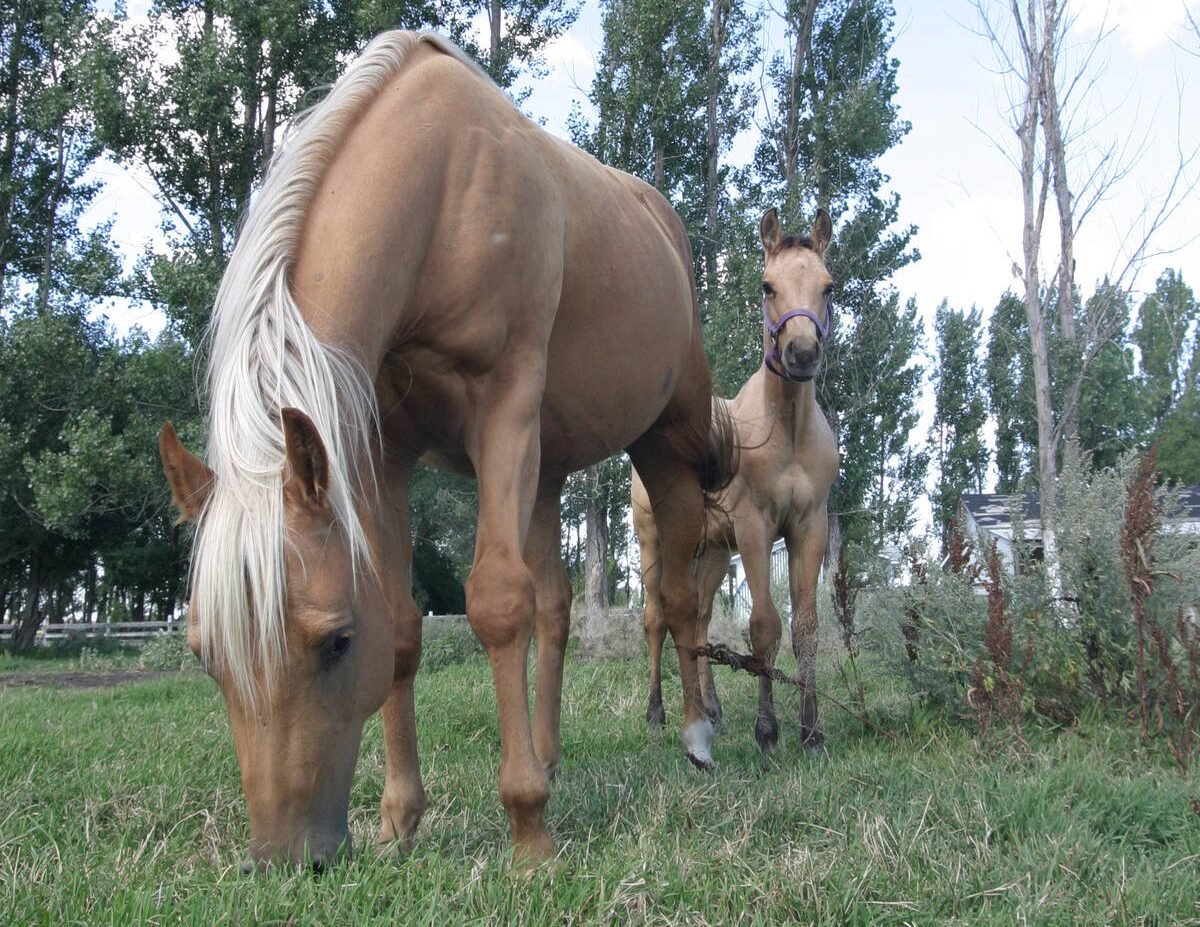
Growth plates are instrumental in shaping a horse’s life
Young horse training plans and workloads must match their skeletal development. Failing to plan around growth plates can create lifelong physical problems.
People can be exposed by working with sick cattle or by consuming raw milk from infected dairy cows.
Salmonella outbreaks are more common in dairy herds, where animals are more closely confined, but occasionally outbreaks also occur in beef operations.
Salmonella is spread by fecal-oral transmission, and the source of the infection is usually feces from infected cows.
It may be very difficult to identify which cows are the source of the infection and are shedding bacteria because some infected carrier cows may show little or no symptoms and still shed as many organisms in their feces as cows that are clinically ill.
Other sources of infection may include rodents, birds, flies, cats, dogs, and even people on occasion. Outbreaks are more common in the calving season.
Over the last number of years, a particular strain called Salmonella dublin has been identified as a cause of infections in cattle in some parts of the world, including Europe and now North America. Salmonella dublin has become a common cause of disease outbreaks on dairy farms in many parts of Canada, and I have also spoken to many veterinarians who have also had outbreaks in cow-calf operations.
Salmonella dublin is adapted to live in cattle, and they remain as the most important reservoir of this strain of the bacteria. It is also a strain of salmonella bacteria that is very difficult to treat because it tends to be multi-drug resistant and will not respond to antibiotic therapy.
Cattle, people and companion animal species can be infected by this strain of the bacteria and it can lead to serious illness.
Salmonellosis is usually a disorder of the gastro-intestinal tract, and it typically causes a fever and severe diarrhea that is often bloody. If untreated, the diarrhea can lead to dehydration and death of the animal.
However, Salmonella dublin is unique in cattle in that it also can present in young calves as a respiratory illness and can cause more systemic infections in mature animals, which might result in abortions in pregnant cows.
Often the initial signs of disease in a herd include seeing young calves with pneumonia-like symptoms and calf mortality.
Control of salmonella outbreaks is difficult in cattle operations, but especially so in the case of Salmonella dublin infections.
There are three reasons for this:
- Multi-drug resistance — Antibiotics are of little value in treating clinical cases because this strain is so resistant to many commonly used antibiotics. It’s even thought that antibiotic therapy may extend the duration of the animal shedding the organism.
- Ability to survive in the environment — All salmonella strains are able to survive in the environment for extended periods of time, and Salmonella dublin has been shown to survive in dry feces for more than a year and in water, soil or moist areas out of direct sunlight for up to four or five years. An important aspect to controlling salmonella outbreaks is to limit the environmental exposure and to avoid contaminating water sources, feed and other equipment that may be used with cattle, such as halters, ropes, brooms, buckets, shovels, esophageal calf feeders and nipple bottles.
- The carrier animal — Salmonella dublin is much more efficient at creating asymptomatic carriers than many other strains of salmonella. When these animals undergo a period of stress, such as calving, they may start shedding the organism again in subsequent years and cause other infections to occur. Identifying these carrier organisms is difficult, but blood tests are available at some diagnostic laboratories that may help to identify carrier animals so that they can be culled.
In the face of a Salmonella dublin outbreak, exceptional calving management procedures must be instituted. Separating clinically infected animals from cows that are calving is essential, as well as maintaining high levels of biosecurity and environmental hygiene throughout the farm. Producers will need to work closely with their veterinarian to limit the spread of this highly infectious disease.
The ideal solution is to not introduce Salmonella dublin onto a farm or ranch in the first place. Most outbreaks are caused by introducing cattle onto an operation that have been previously infected and are carriers of the bacteria.
Having a strong biosecurity program in place and limiting the introductions of animals onto a farm is the best method of preventing this disease from causing problems in a cattle herd.
John Campbell is a professor in the department of Large Animal Clinical Sciences at the University of Saskatchewan’s Western College of Veterinary Medicine.

